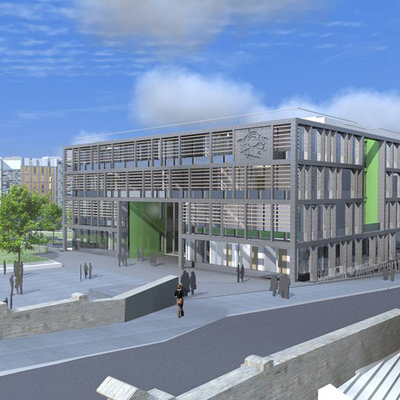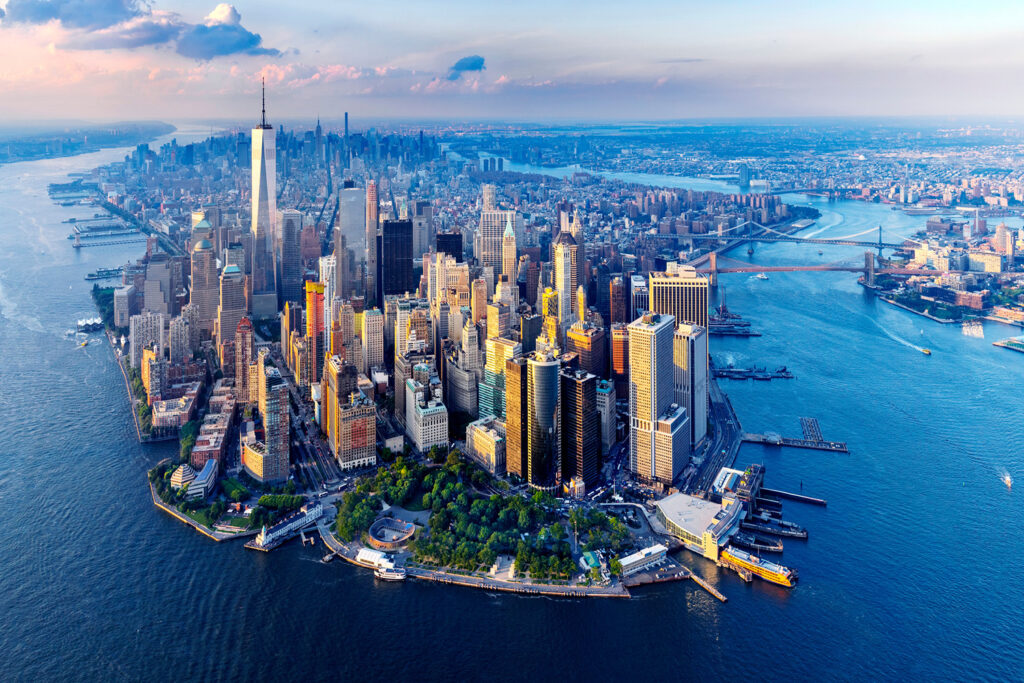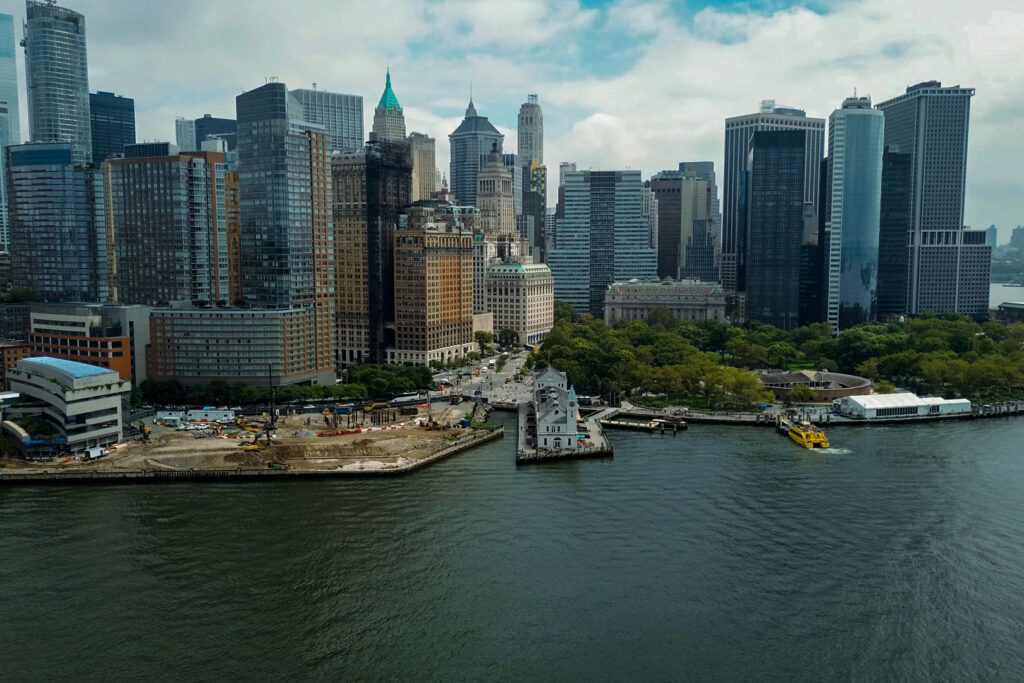Can urban design improve liveability and efficiency?
Every year Buro Happold organises a field trip to explore a theme in urban design. This was the question which took centre stage for this year’s trip in October.
These field trips bring together a young cohort of Buro Happold’s engineers and we invite their peers from our close collaborator companies to spend a weekend with us. A combination of lectures, tours, and visits help us get under the skin of the question. The weekend culminates in a four-hour design sprint where we generate ideas worthy of further exploration.
This year the Buro Happold Berlin office played host to a group of 65. This included architects and urban planners from Allies & Morrison, Henning Larsen, Henn Architekten, FAT Koehl Architects, KHBT Architects and Galmstrup Architects. BuroHappold’s young engineers were drawn from our Copenhagen, Warsaw and UK offices.

The impact of sharing
Liveability is a simple concept. It gives an assessment of the quality of living conditions in any particular location. The sharing economy can have both positive and negative effects on the liveability of our cities. Car sharing platforms such as Drivy in France can enhance the utilisation of under-used assets. However, the commercialisation of Airbnb in Barcelona has resulted in a hollowing of the city due to the buying of central apartments for holiday rentals.
We learned how Berlin’s culture is bringing a more empathetic approach to sharing. The city has a prevalence of cooperatively developed and owned co-living and co-working projects. Such projects result in a high degree of liveability at an affordable cost for a cross section of the city’s residents.
The group spent time experiencing and interrogating Berlin to test cities’ roles as responsible hosts for sharing. We looked at protecting citizens from the negative aspects of sharing commercialisation. They also considered how to protect shared space, allowing citizens to take direct responsibility for how space is used and how it evolves, taking Templehof Park as a case study.
Harnessing the benefits of sharing
A design sprint exercise offered us the opportunity to form teams and explore how to better harness the benefits of greater sharing. Many of the teams chose to focus on co-location in the areas of care and health and wellbeing.
The conclusions of the sprint appear obvious, but are seldom seen in practice. In the coming months, the groups are going to develop and take forward their ideas. It’s worth keeping an eye out for future events where we will share our findings.







